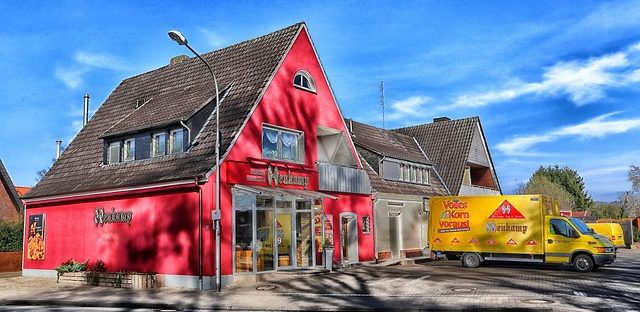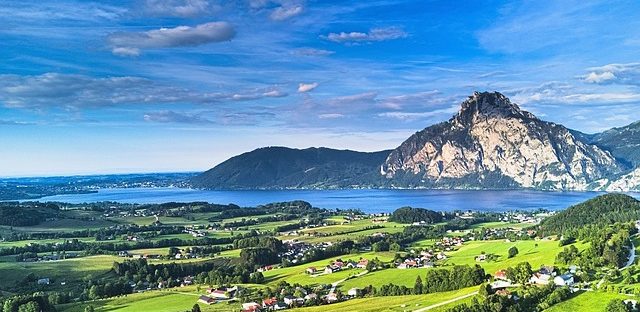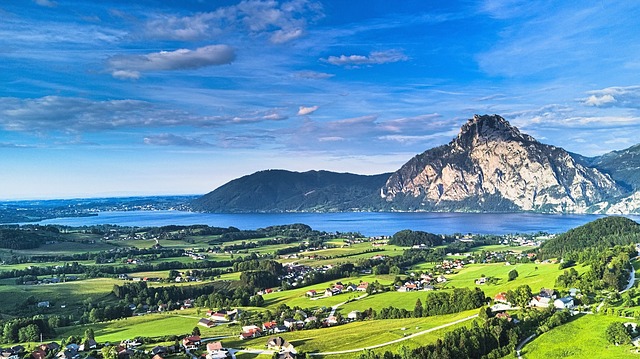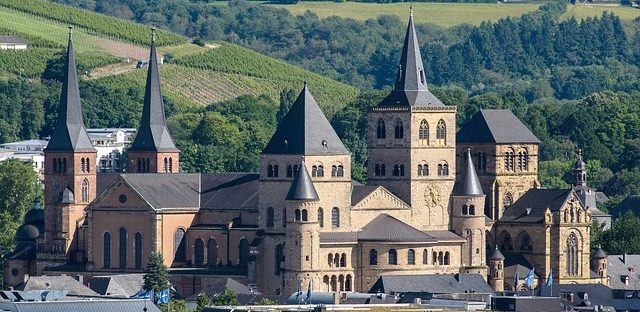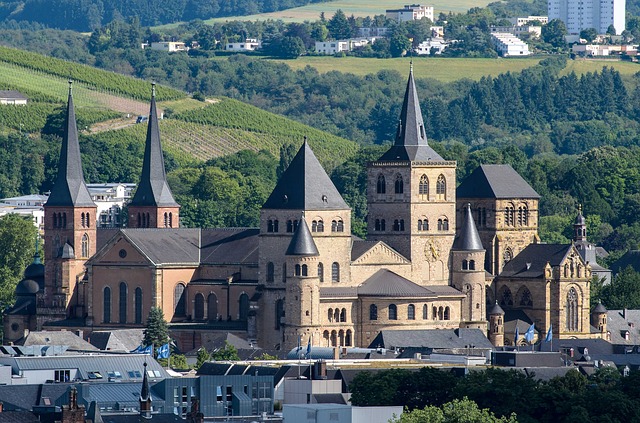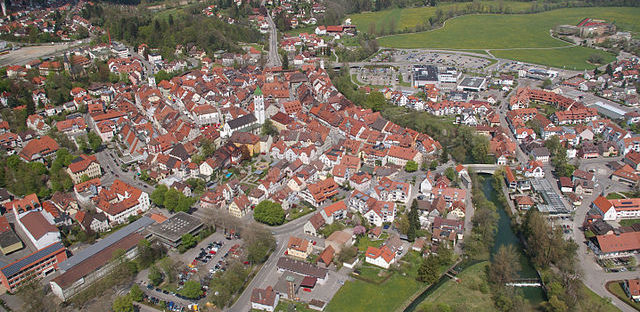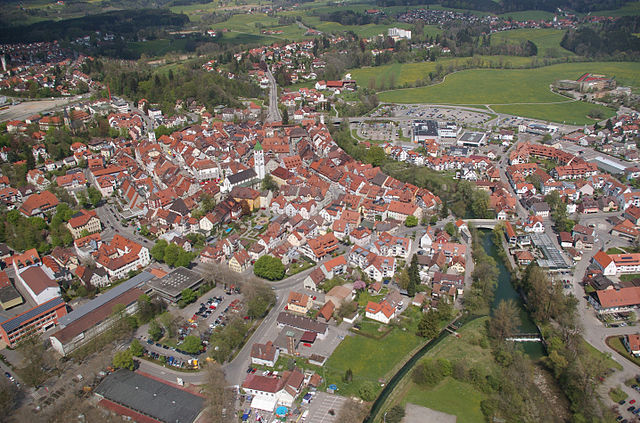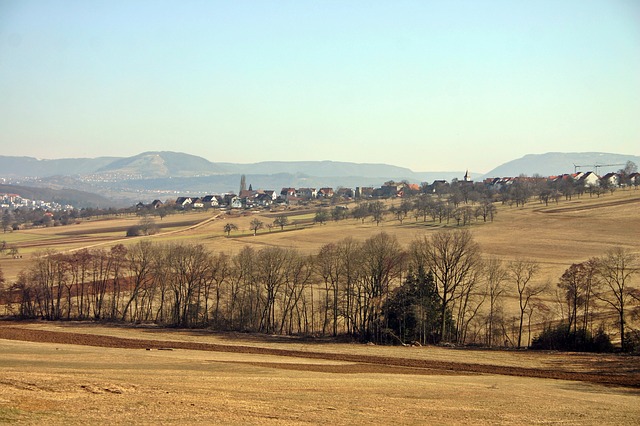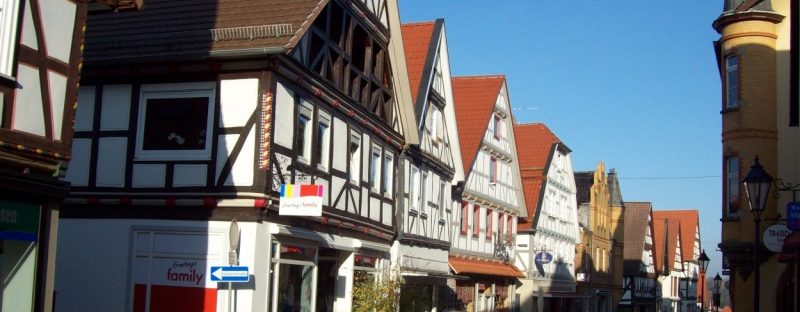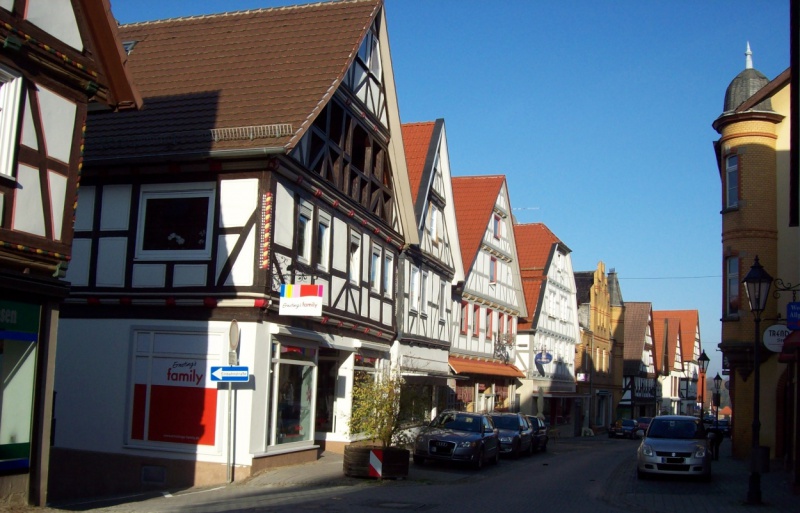- Target: 100% climate protection and 100% renewable energy by 2050.
- Status: In progress
- RES: Wind power, solar power and biomass energy.
- Implementation: The county of Steinfurt in Germany has implemented a 100% Climate Protection masterplan or “Masterplan 100% Klimaschutz” with the aim of reducing greenhouse gas-emission by 95% until 2050 by reducing the regional power demand by 50% and covering the remaining demand by renewable energy (reference year 1990). To achieve this target, Steinfurt is cooperating with many local and regional actors including: climate activists from the 24 municipalities in the district of Steinfurt, local citizens, regional politicians, regional power companies, companies from the regional business network “Unternehmernetzwerk energieland2050”, experts from the University of Applied Sciences in Münster, external experts for climate protection, regional tourist promotion offices and other associations. The first phase of the masterplan has concluded, with an analysis of the actual energy data and future energy scenarios. There it was shown that wind power stations, solar or biomass power systems can produce sufficient renewable energy by 2050. Furthermore, the potential of power production will be higher than the predicted power demand in 2050. To achieve sustainable mobility however will require alternative vehicle options like e-mobility, hybrid- or hydrogen-drive.
- Population: 444,409 (2016)
- Area: 1,792.097 km2(691.933 sq mi)
- Link: Amt für Klimaschutz und Nachhaltigkeit
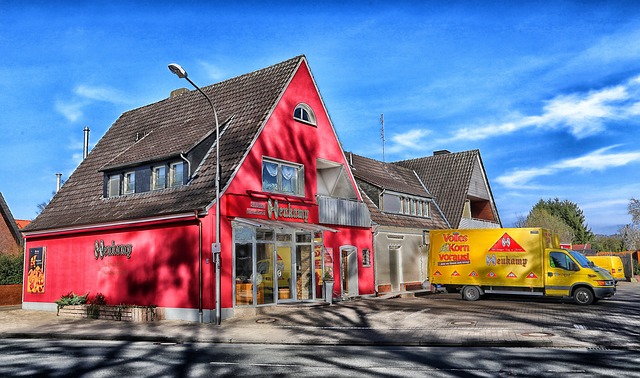
- German
